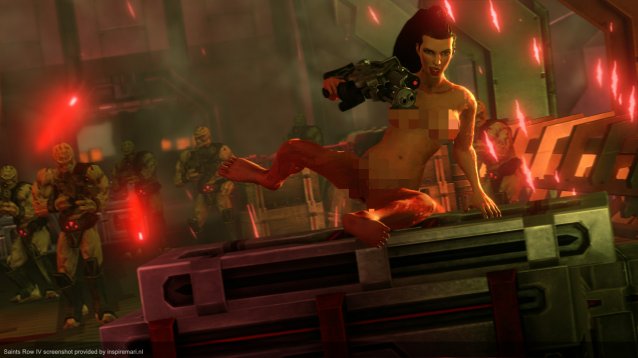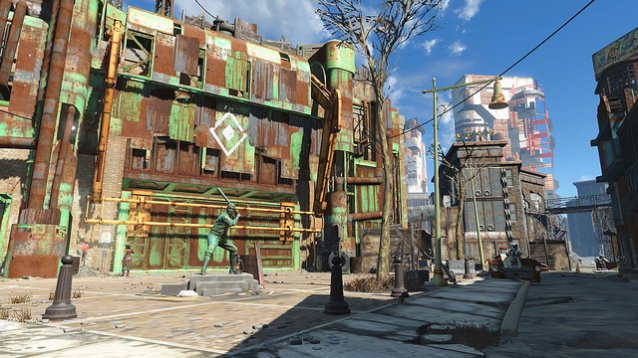

One of the great things about the large install base of the Nintendo DS is that it lets publishers feel confident that an obscure game in an obscure genre can find some sort of audience among the millions of people who own the system. One title that will hopefully find its audience is the adventure game Nine Hours, Nine Persons, Nine Doors (999).
Developed in Japan by Chun Soft and published in the U.S. by Aksys Games, 999 is a type of game that isn’t seen much these days. Best described as an interactive novel with some puzzle solving, players who want action gameplay should probably avoid this game, as pretty much everything of importance happens via text. For those players who enjoy text based adventure games, and are willing to fully invest in them, 999 will provide one of the most gripping and interesting stories on the DS, or any other system, in recent memory.
The games starts with an explosion on a cruise ship. The main character, a college student named Junpei, wakes up in a room that is filling up with water. Players need to find a way to escape the room. At this point, the gameplay aspect of 999 comes into play. Similar to most adventure games, players must click around the static background images to find points of interest or certain items. Once discovered, these items can be combined if needed, and players must proceed to piece everything together to find the way out of the room. This is usually done by earning a key after completing the puzzles in a room, so the exit can be unlocked. These escape sequences are the only type of gameplay this game offers – everything this else is story.
Once out of the first room, players will meet up with eight other characters trapped on the ship. It is revealed that all nine people will need to work together to escape the ship, which will sink in nine hours. Each person has a bracelet with a number on it which they will need to use to open the nine doors on the ship, one of which is a way out. It is soon explained that not all can go through each door, and at some point people need to get left behind or split up. If the rules of the game are not followed, their bracelets will trigger an bomb implanted in each of their bodies to explode.
Once through this lengthy and wordy introduction, players are immediately given a choice of two different paths. Certain paths and combination of paths will lead to each of the games multiple endings. It was mentioned earlier that to get the most out of the game players will need to fully invest in it, and that means playing the game at least twice. To get the true ending requires numerous playthroughs along the various paths of different doors. Each playthrough reveals different background information about each character. All of these numerous playthroughts lead up to a very interesting and surprising ending that is worth the effort it takes to get. Even the reason for requiring playing through it multiples times fits into the story of the game. This may sound a bit of a grind, and it is, but the story text can be fast-forwarded after the first ending, so subsequent games don’t take nearly as long as the first. This system isn’t perfect, however, as even though the story can be sped through, players will still need to solve the room escape puzzles each time through.
This leads to a complaint that some may have with the game: the puzzles. With a few exceptions, most of them are quite simple. All of the items needed to complete them can be found in a few rooms, and the solutions are fairly obvious. The only real difficulty is the typical issue these adventure games have, and that is finding where exactly to click to find the right object. Some puzzles are object-based, others are more challenging and involve math-based hexadecimal puzzles, sudoku, and the periodic table of elements – requiring a bit more thought than the object puzzles.
Unfortunately, 999 is not the best looking DS game. The static backgrounds all have that fake computer generated look of Myst or the first Resident Evil for PS1. The characters are all colorful, and done in an anime style that clashes with the 90′s look of the backgrounds. There are some great looking hand drawn screens that tell the story, but it’s hard not to wish the backgrounds had the same style. The game’s music and sound effects somewhat make up for this visual dichotomy, and do a great job of setting the mood for the story.
Nine Hours, Nine Persons, Nine Doors is not a game for everyone, but players who can stand generic and outdated backgrounds, clunky replay mechanics, and simple puzzles will find themselves pulled in by a surprisingly good story. After all, how many other DS games out there involve morphogenic fields, Prosopagnosia, telepathy, mind control, collective unconscious, frozen Egyptian mummies on the Titanic, mental projections, and ice that doesn’t melt until 96 degrees? For gamers who don’t mind reading a ton of text, and fans of great stories in general, 999 is a game that is definitely worth checking out.
Nine Hours, Nine Persons, Nine Doors is available now for the Nintendo DS.




 Paul McCartney announces return to Europe on Out There tour
Paul McCartney announces return to Europe on Out There tour Review: Sloppy Ninja
Review: Sloppy Ninja Winter Isnt Coming: Why I Dont Believe Skyrim Is Cold
Winter Isnt Coming: Why I Dont Believe Skyrim Is Cold PES Club Manager (Android and iOS) tips
PES Club Manager (Android and iOS) tips Deus Ex: Mankind Divided Wiki – Everything you need to know about the game .
Deus Ex: Mankind Divided Wiki – Everything you need to know about the game .